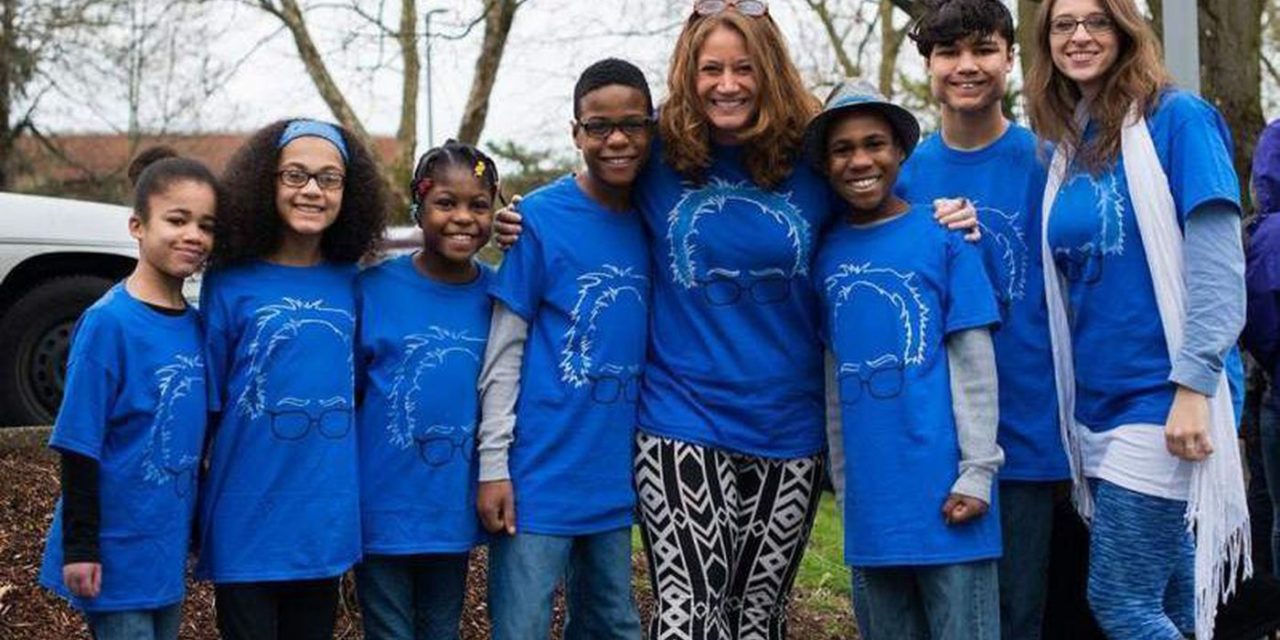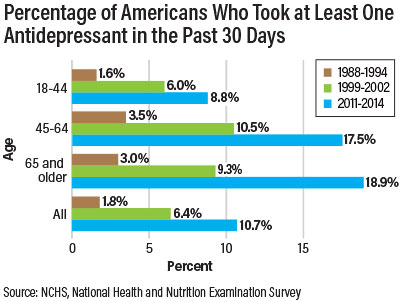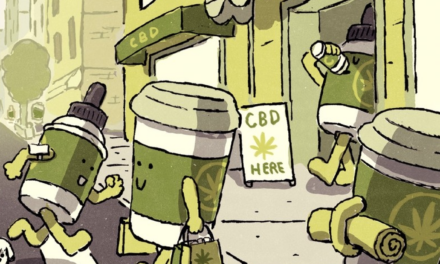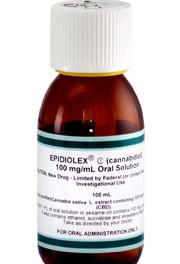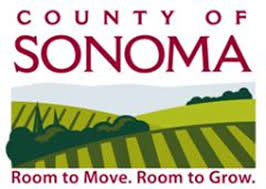Hearing news about the apparent suicide/murder of the Hart family —two mothers and six adopted children whose SUV was found at the bottom of a seaside cliff in Mendocino County with the speedometer pinned at 90MPH— Rosie’s first thought was “Prozac.” SSRIs were a causal factor in numerous bizarre flip-outs that got some publicity in the 1990s, but the drug companies did a good job of paying off the victims and the media, and now no one ever asks, after a weird tragedy like the one in Mendocino (or a shooting spree at a school or workplace or casino), whether the perps were on pharmaceutical antidepressants.
But we, the people, are always informed when the authorities attribute use of marijuana to a wrong-doer!
Whenever I’ve made inquiries as a journalist about whether the person who committed a maniacal act had been prescribed SSRIs —even during my stint in law enforcement— “medical privacy” was cited and the info concealed. (See “Prozac and the Marketing of Depression,” a blacklisted classic.) The sanctity of “medical privacy” is invoked to protect the drug companies, not the individuals who lost their sanity. Even when those individuals are dead.
If and when Mendocino County Sheriff Tom Allman sees the autopsy report on the Hart family grown-ups, he should check for Fluoxetine, Paroxetine and the other synthetic compounds given “scientific” names by the manufacturer (whose marketing department makes up the commercial names —Prozac, Paxil, et al).
More than one in six Americans now pops antidepressants, mostly SSRIs, during the course of a year. The American Psychiatric Association posted Percentage of Americans Taking Antidepressants Climbs online September 15, 2017. The facts speak for themselves.
“Between 2011 and 2014, approximately one in nine Americans of all ages reported taking at least one antidepressant medication in the past month, according to national survey data released by the Centers for Disease Control and Prevention (CDC). Three decades ago, less than one in 50 people did.
Chart: Change in percentage of population who took at least one antidepressant medication in past 30 days in 1988-1994, 1999-2002, and 2011-2014
The use of antidepressants increased with age and reached nearly 19 percent in adults 65 years and older (see bar chart). From 1988 to 1994, only 3 percent of older adults were taking antidepressants.
The data were collected in the National Health and Nutrition Examination Survey (NHANES) by the CDC.
“The sharp rise of antidepressants in all age groups, except children and adolescents, followed the introduction of the first selective serotonin reuptake inhibitor (SSRI), fluoxetine (Prozac). Prozac was first approved in the United States in 1987 and entered the market in 1988. Since then, many more SSRIs and other types of antidepressants have become available. The rise of direct-to-consumer marketing since the 1990s further pushed antidepressants into the public consciousness.
“Because SSRIs do not carry the potentially life-threatening cardiac risks associated with tricyclic antidepressants, they are considered safer and easy to manage, particularly for elderly patients who often have coexisting cardiovascular diseases…”

